Sunrise, Circuits, and the Shift to Solar
The first time I rigged up a solar panel on the edge of a bluff, waiting for the sun to do its thing, I was skeptical. But when my phone buzzed with a full charge and I brewed coffee using only solar power—I was hooked.
Solar isn’t just for the eco crowd anymore. It’s quickly becoming essential for modern campers who want to stay off-grid without staying in the dark.

And 2025? It’s shaping up to be the breakout year for solar innovation in the outdoor world.
In this post, I’ll walk you through what’s coming, what gear to watch, and how to prep your next camping trip with smarter, lighter, and more sustainable tech.
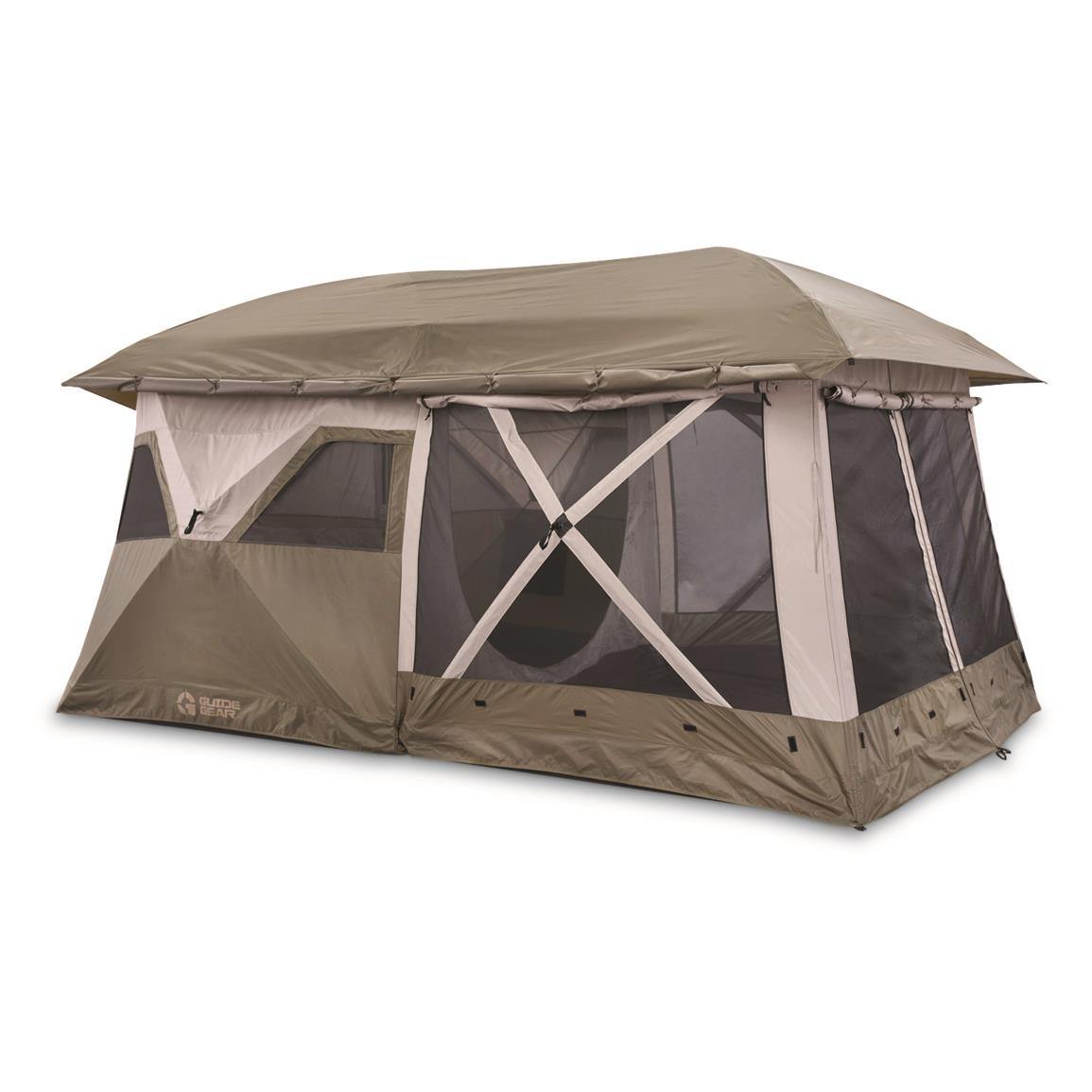
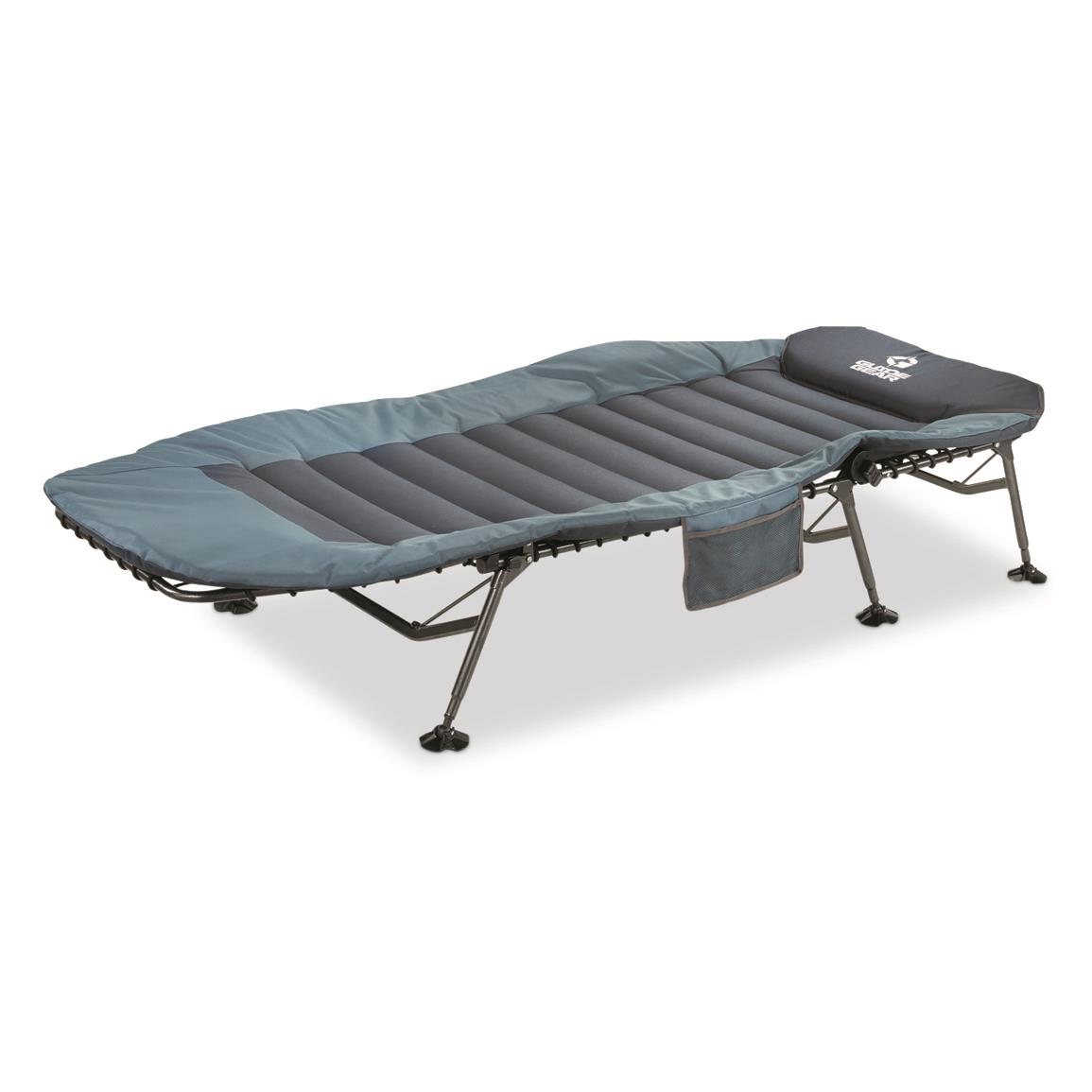
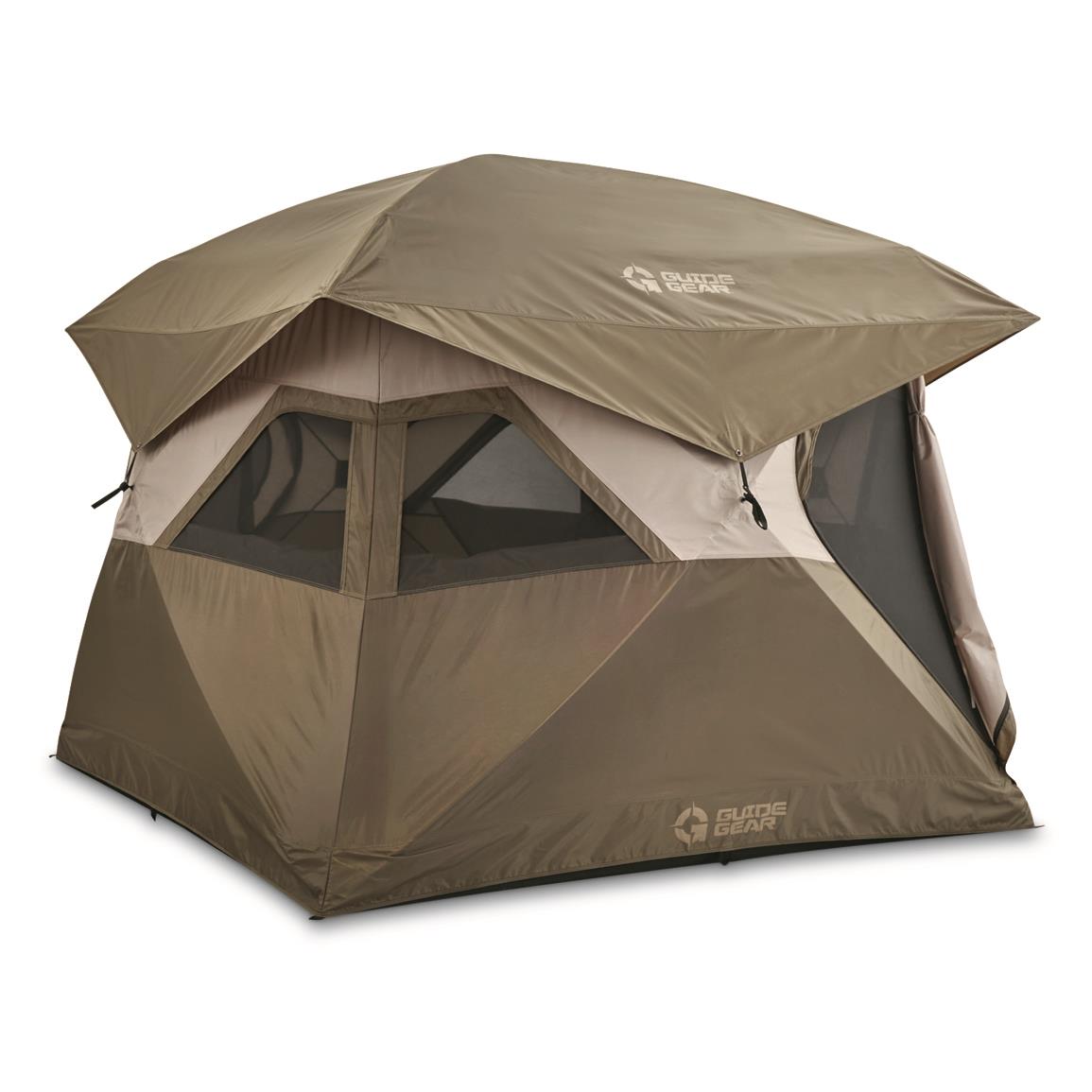
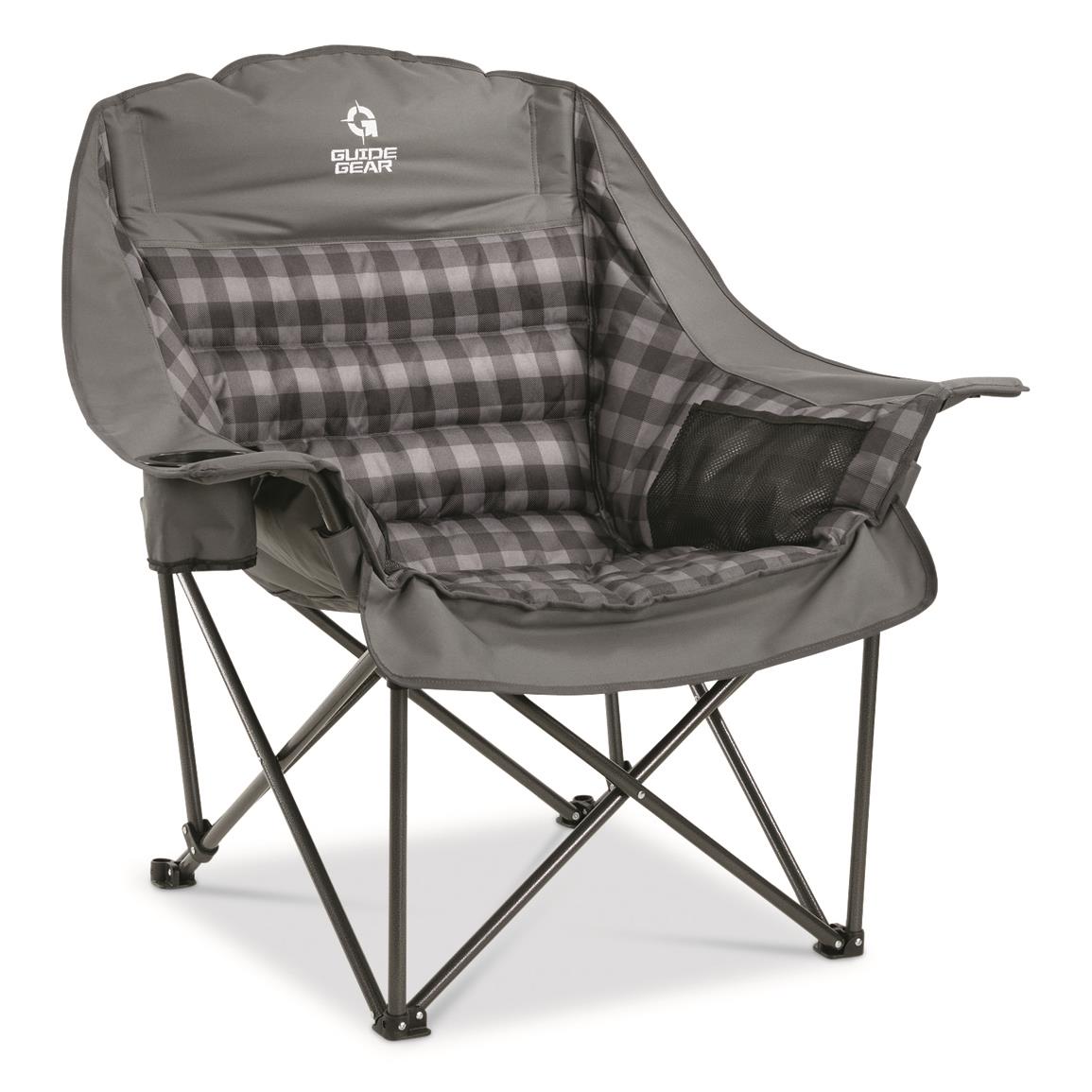
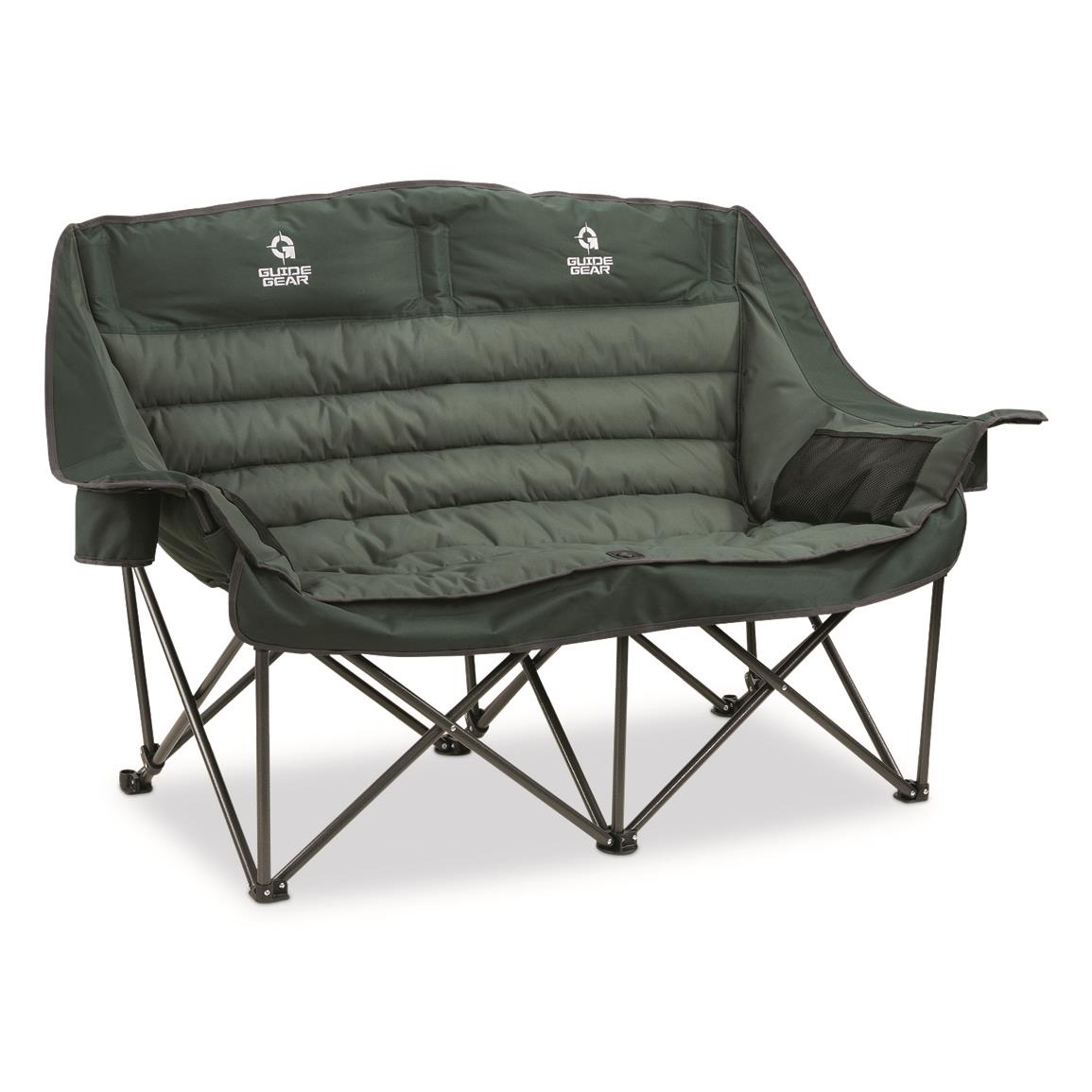
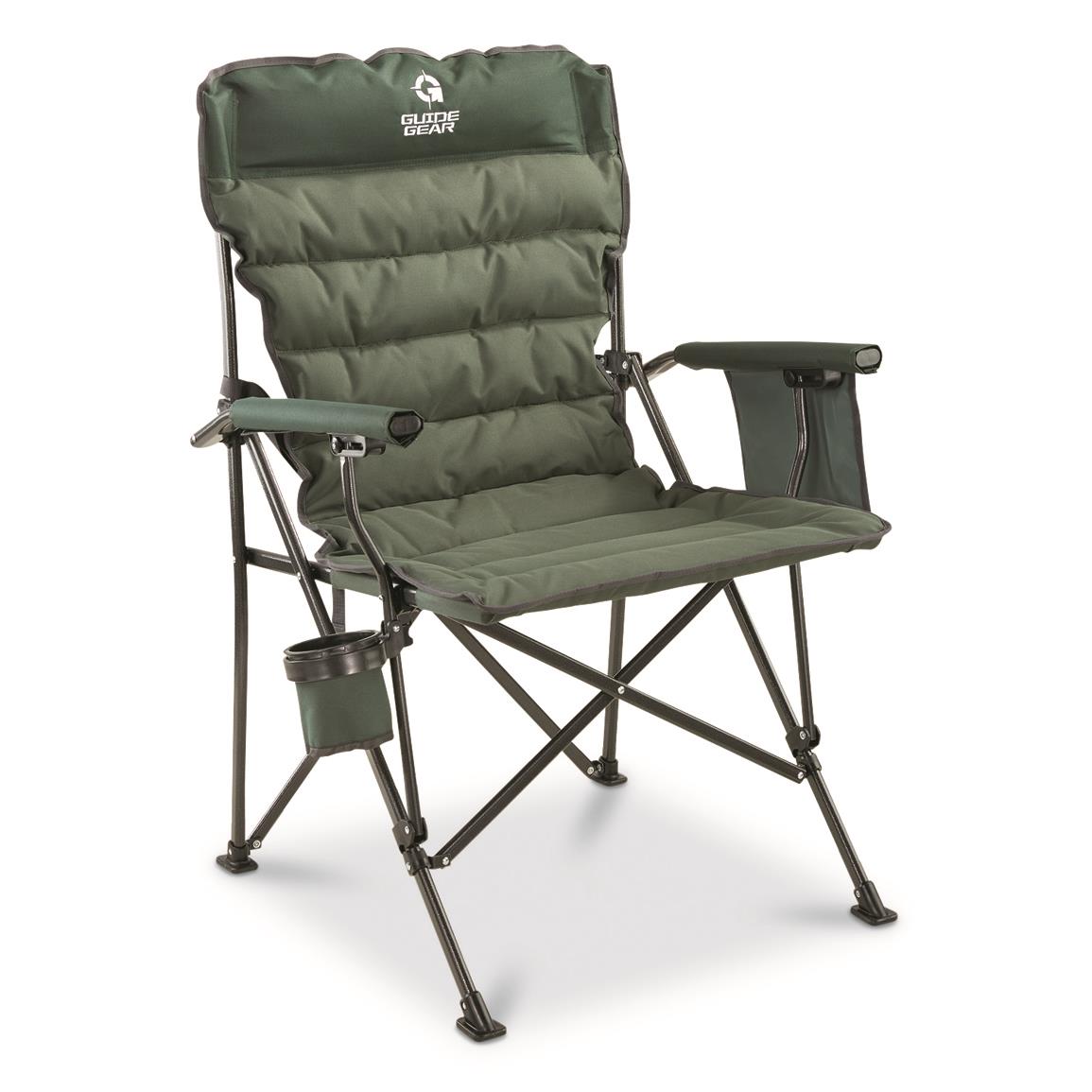
Why 2025 Is a Tipping Point for Solar in the Outdoors
We’re at a moment where demand meets innovation. Outdoor enthusiasts are asking for better power solutions, and tech companies are answering with:
- Smaller, lighter solar panels with increased wattage
- Integrated battery systems built right into tents and packs
- Hybrid systems blending solar with kinetic or wind energy
More hikers, overlanders, and digital nomads are refusing to choose between nature and functionality. And the gear is evolving to support that balance.
Solar Panels Are Getting Smarter—and Smaller
The first foldable panel I bought felt like origami with wires. Bulky. Fragile. Underwhelming.
Today? I’ve tested ultra-thin panels that roll up like yoga mats and deliver 20+ watts in full sun. Brands like BioLite and Goal Zero are leading the charge, with new designs expected in early 2025.
What to watch:
- Built-in voltage regulators to auto-adjust output
- USB-C and wireless pad integrations
- Lightweight composite materials that won’t shred in your pack
Perfect for: drone charging, GPS units, and keeping your phone alive while snapping trail shots.










The Rise of Solar-Integrated Power Banks & Battery Packs
I love my power banks—but I hate dead ones.
New models in 2025 will feature:
- LiFePO4 batteries for longer life and better temp resistance
- Graphene-enhanced cells for faster charge/recharge cycles
- Pass-through tech: charge your phone while the battery charges
I field-tested one last fall in Zion—kept my phone and lantern running for 3 days with just midday sun.
Pro tip: look for IP67+ waterproofing, and a charge indicator you can actually read in daylight.
Solar Lighting That Goes Beyond the Lantern
Forget basic lanterns. In 2025, expect:
- Smart solar string lights for tents and hammocks
- Wearable headlamps with solar-recharging rear panels
- Motion-sensor camp lighting with multiday solar storage
I’m personally excited for upgrades to the MPOWERD Luci Pro series and what LuminAID is teasing for next spring—potential collapsible lighting with power-out capabilities.
These lights don’t just illuminate camp—they create safer, more usable spaces when the sun goes down.
Wearable Solar Tech: Gimmick or Game-Changer?
I’ll admit: I rolled my eyes at the first solar hats I saw.
But after hiking with solar-panel shoulder straps from a prototype backpack brand in Arizona, I’m rethinking things.
Where wearable solar shines:
- Open-sky treks where your gear faces the sun all day
- Charging low-draw devices like GPS watches or GoPros
- Redundancy for emergencies
Still, skip the gimmicks. Look for reliable wattage output (5W+) and actual use-case testing from trusted brands like Helios or Outlery.



My 2025 Solar Gear Wishlist (and What I’m Backing Now)
Here’s what’s on my radar:
- Smart-grid tents with built-in solar mesh and power hubs
- Modular microgrids that let multiple campers share solar capacity
- Solar kitchen stations that power lights, fans, and USB devices while you cook
Upcoming Kickstarter campaigns from rugged outdoor gear companies are promising stackable solar bricks and solar-powered fridge panels. Wild stuff—and I’m here for it.
Tips for Choosing the Right Solar Gear in 2025
Want to invest smart?
- Know your power needs: Phone? Headlamp? Drone?
- Weight vs. output: A 28W panel that weighs a pound might beat a 50W brick in real trail use
- Must-have features:
- Fast charging (USB-C PD or QC 3.0)
- Clear indicators for battery life
- Durability ratings (IP65/IP67, shockproof, dustproof)
Bonus: Always test your solar gear at home before you hit the trail.
Conclusion: Plugging Into the Sun, One Step at a Time
In 2025, solar camping gear isn’t just advancing—it’s redefining how we adventure.
You don’t need to replace everything with solar. Just start with one piece: a panel, a light, or a battery.
Before long, you’ll wonder how you ever camped without it.
Stay smart. Stay charged. Stay outside.
Let the sun do the heavy lifting.

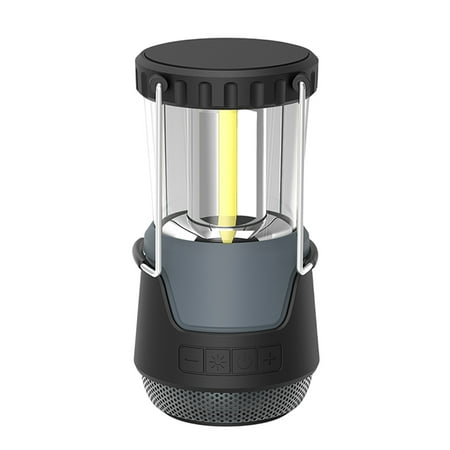
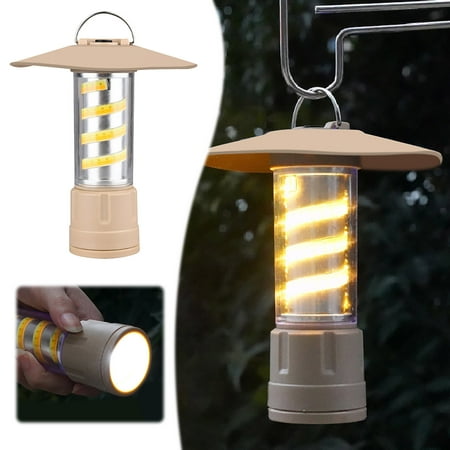




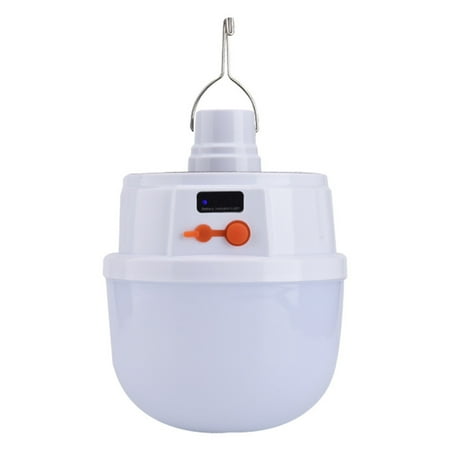




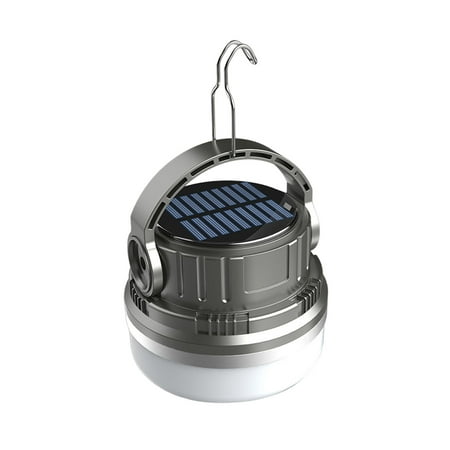


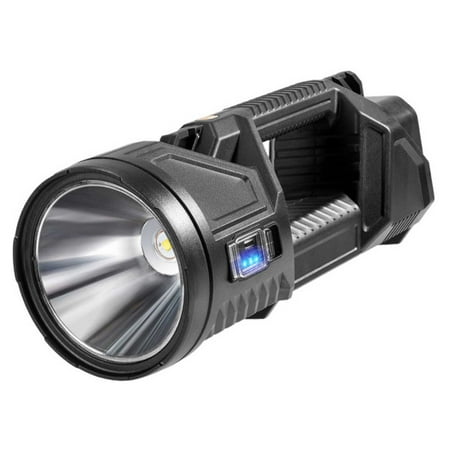
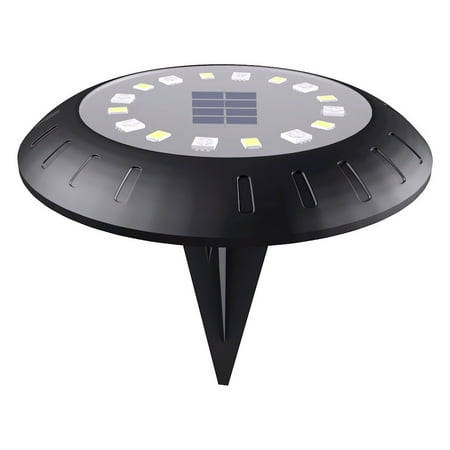

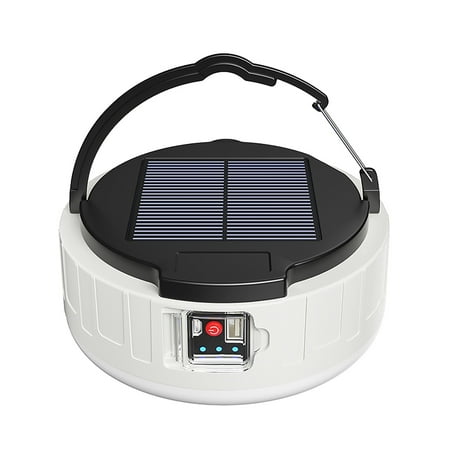
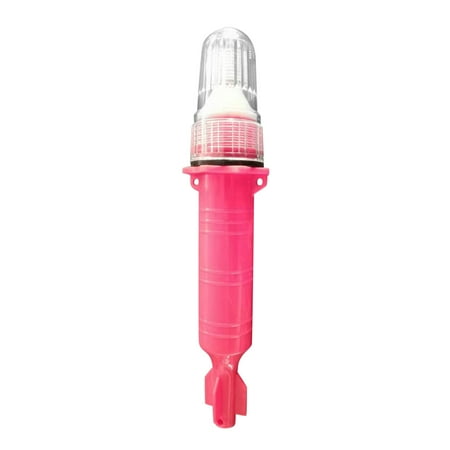
Leave a Reply